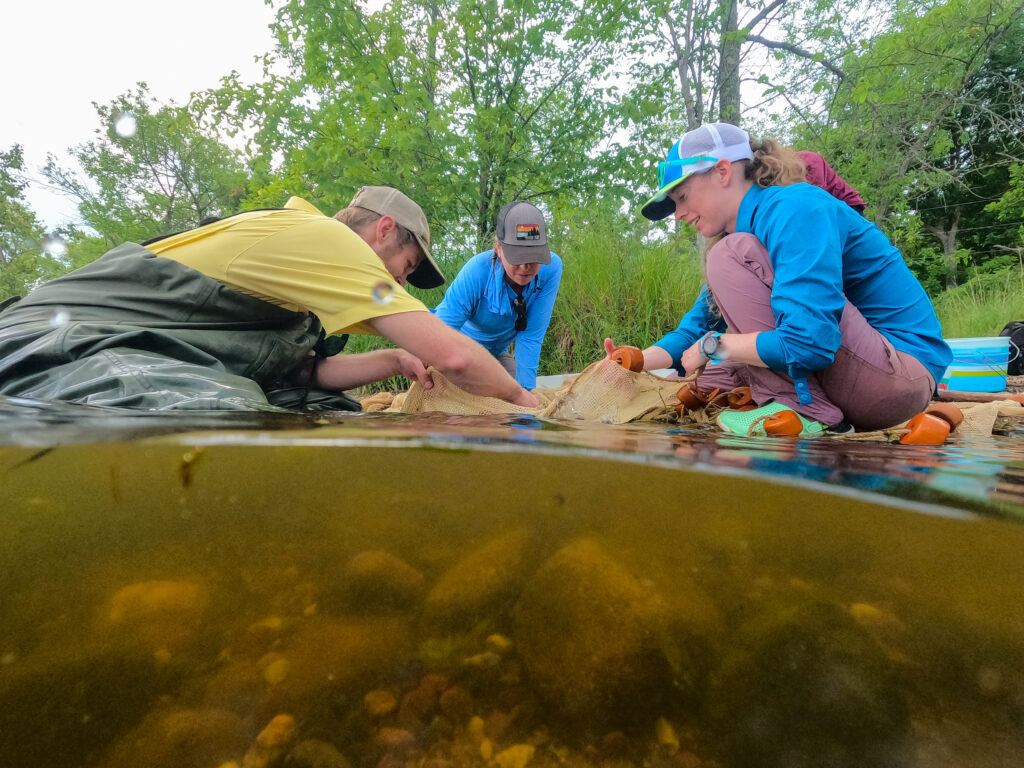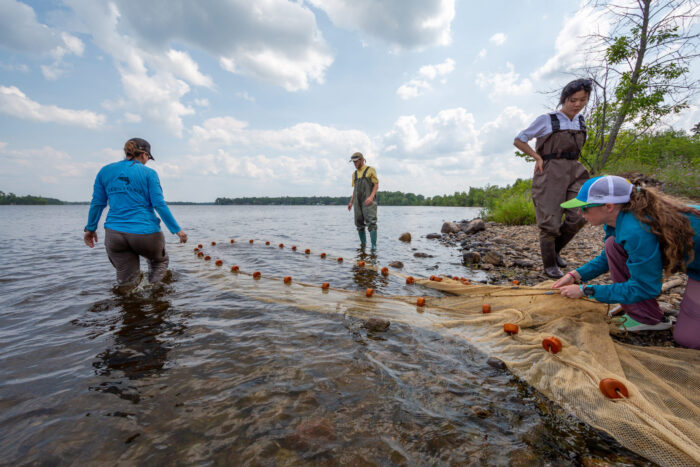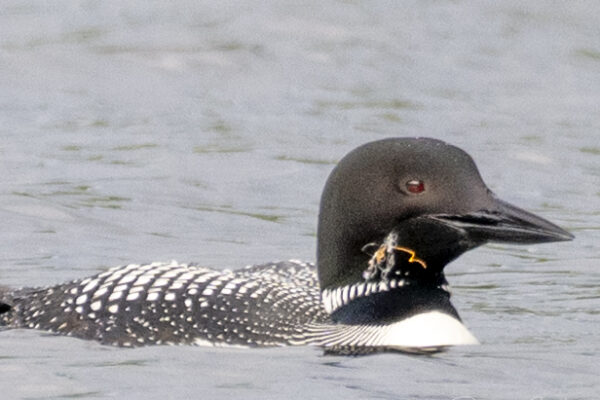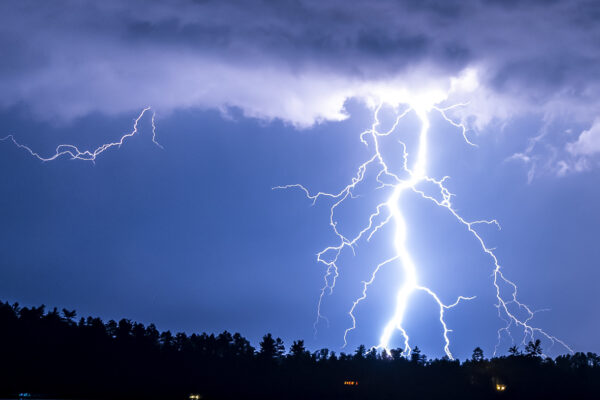Study shows zebra mussels contribute to elevated mercury levels in walleye and aquatic food webs
Since the introduction of invasive zebra mussels in the Midwest in the late 1980s, the full extent of their impact on aquatic ecosystems and food webs has been largely unknown.
A new study, published in November 2024, sheds light on zebra mussels’ impact on food webs and mercury concentrations in walleye. The study, which examined 21 walleye lakes in Minnesota, consisted of researchers at the University of Minnesota, Minnesota Aquatic Invasive Species Research Center, and the U.S. Geological Survey.
Naomi Blinick, the study’s lead author and researcher at the University of Minnesota Department of Fisheries, Wildlife, and Conservation Biology, said the study showed zebra mussels are “changing the entire way that lake ecosystems function.”
Not only do zebra mussels cause changes to water clarity, creating cascading effects on lake temperatures, but the “cryptic invader,” as Blinick referred to the invasive species, has also caused nutrient shifts from offshore zones to nearshore zones. The shift has created elevated mercury concentrations in walleye.
“Zebra mussels filter out nutrients from the water column, and then they deposit those nutrients, like as their waste, on the nearshore bottom,” Blinick said. She explained that the study showed the nutrient shift impacts walleye, who prefer to feed in offshore areas but are migrating closer to shore to feed. The byproduct of that shift is the biological processes that transform inorganic mercury to methyl mercury, “which is the toxic form that moves up the food web.”
During the study, researchers collected tissue samples from plankton, aquatic bugs, walleye, zebra mussels, native mussels, and other fish species to study mercury concentrations.
The zebra mussels are causing an increase in food resources, enriched in methyl mercury near shore, and Blinick said, “That’s where the fish are feeding now.”

FWCB Assistant Professor Gretchen Hansen and her lab conducting a walleye food web study on Big Sandy Lake. Photo by Dylan VanBoxtel/CFANS.
Other findings from the study showed:
- Walleye exhibited 72% higher mercury concentrations in lakes invaded by zebra mussels compared to uninvaded lakes.
- Average-sized walleye were more than twice as likely to exceed mercury thresholds tied to human health.
- Walleye in zebra mussel-infested lakes reached mercury concentrations exceeding the Minnesota Department of Health threshold of 0.22 parts per million at a significantly smaller size (14 inches vs. 18 inches).
- Yellow perch exhibited 157% higher mercury concentrations in lakes invaded by zebra mussels. Average-sized yellow perch had a 50 times higher risk of exceeding mercury thresholds.
- Zebra mussel invasion led to shifts in fish resource use, with walleye and yellow perch relying more on nearshore feeding habitats.
WTIP’s Kalli Hawkins spoke with Naomi Blinick, the study’s lead author and researcher at the University of Minnesota Department of Fisheries, Wildlife, and Conservation Biology, about the study, unexpected findings, long-term ecological implications on aquatic ecosystems, and more. The audio from the interview is below.














